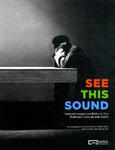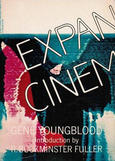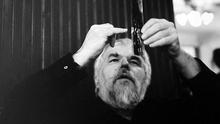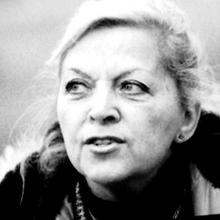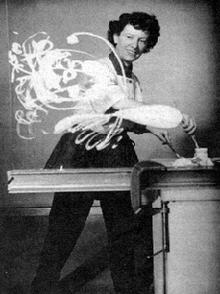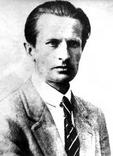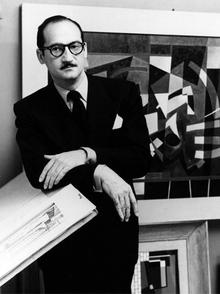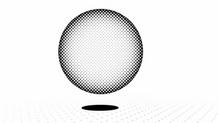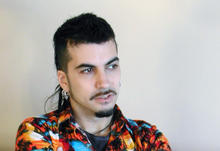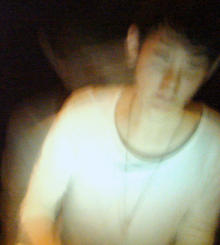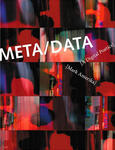Audiovisuology: See this sound
(2010)brings together texts on various art forms in which the relationship between sound and image plays a significant role and the techniques used in linking the two.
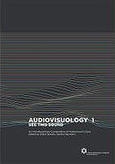
The entire spectrum of audiovisual art and phenomena is presented in 35 dictionary entries. Overarching issues are explored in detailed essays and individual works are represented in audiovisual documentation and scientific comment.
The list of definitions and terms, elucidated by various prominent authors, ranges from gesamtkunstwerk, literature, painting, music theatre, animation film, light shows, music videos, sound art and expanded cinema right up to text-image analogies, synchronisation, electronic transformation and software.
Source: Cornerhouse
ISBN-10: 3865606865
ISBN-13: 978-3865606860
